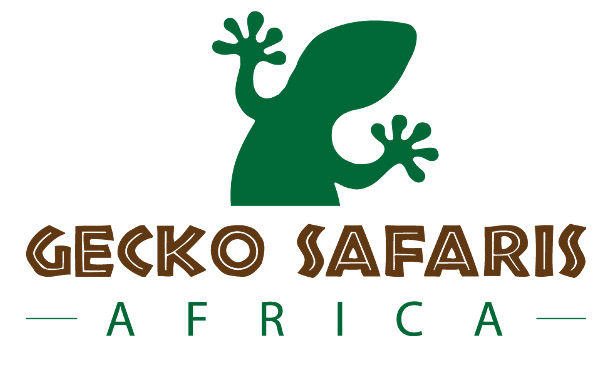Africa is a continent renowned for its incredible biodiversity, yet many of its most iconic species face severe threats. These animals are not only symbols of Africa’s natural beauty but also integral to its ecosystems. From habitat destruction to poaching, here is a closer look at the most endangered animals in Africa and the efforts to save them.
1. African Elephant
Status: Vulnerable (Forest Elephant: Critically Endangered)
African elephants are the largest land mammals, with a significant ecological role in shaping their habitats. Forest elephants, a smaller subspecies, face critical threats due to deforestation and the ivory trade. Despite increased conservation efforts, poaching remains a serious issue, especially in Central and West Africa. Protecting these elephants involves anti-poaching patrols, education campaigns, and habitat restoration.
2. Black Rhino

Status: Critically Endangered
The black rhino population has suffered a drastic decline because of poaching for its horns. These horns are highly valued in traditional medicine markets, particularly in Asia. Conservationists are working to relocate rhinos to safer areas, establish breeding programs, and strengthen anti-poaching laws. Although numbers are slowly rising, black rhinos remain critically endangered.
3. Mountain Gorilla
Status: Endangered
Mountain gorillas inhabit the forests of Uganda, Rwanda, and the Democratic Republic of Congo. They are highly vulnerable to poaching, disease, and habitat loss. Conservation efforts like ecotourism and ranger patrols have helped stabilize their numbers, but their survival depends on ongoing protection. Only around 1,000 individuals remain in the wild.
4. African Wild Dog
Status: Endangered
African wild dogs are among the continent’s most efficient predators, but they are highly vulnerable to habitat loss, human conflict, and diseases like canine distemper. These intelligent and social animals rely on vast territories, making habitat fragmentation a significant challenge. Conservation programs focus on creating wildlife corridors and reducing human-wildlife conflict.
5. Ethiopian Wolf
Status: Endangered
The Ethiopian wolf is the rarest canid in the world, with fewer than 500 individuals remaining. It is found only in the Ethiopian highlands. Habitat encroachment, disease transmission from domestic dogs, and hybridization threaten its survival. Conservationists work to vaccinate domestic dogs and protect wolves’ alpine habitats.
6. Pangolin
Status: Critically Endangered
Pangolins are the most trafficked mammals in the world. Their scales are used in traditional medicine, and their meat is a delicacy in some cultures. Africa is home to four pangolin species, all under threat from illegal wildlife trade. Protecting pangolins involves strengthening anti-trafficking laws and public awareness campaigns.
7. Cheetah
Status: Vulnerable (Certain Populations: Critically Endangered)
Cheetahs are Africa’s fastest land animals, but their populations are declining due to habitat loss, human-wildlife conflict, and the illegal pet trade. They require expansive territories to thrive, and their fragmented habitats put them at risk. Conservation efforts include rewilding programs and creating large protected areas.
8. Giraffe (Some Subspecies)
Status: Vulnerable (Certain Subspecies: Critically Endangered)
While giraffes are widespread, some subspecies like the Nubian and Kordofan giraffes face severe threats. Habitat loss and poaching have significantly reduced their numbers. Conservationists are working to protect habitats and monitor populations to prevent further decline.
9. Addax (White Antelope)
Status: Critically Endangered
The addax is a desert-dwelling antelope native to the Sahara. Oil exploration and illegal hunting have pushed it to the brink of extinction. Fewer than 100 individuals remain in the wild. Conservation programs focus on habitat protection and captive breeding initiatives.
10. Western Lowland Gorilla
Status: Critically Endangered
The western lowland gorilla is the most numerous of all gorilla species, but its population is rapidly declining. Threats include habitat destruction, poaching, and diseases like Ebola. Conservationists work to protect its rainforest habitats and engage local communities in sustainable practices.
Conservation Efforts: A Race Against Time
Saving Africa’s endangered animals requires collaboration between governments, conservation organizations, and local communities. Initiatives like anti-poaching patrols, wildlife corridors, and ecotourism play a critical role. Raising awareness and supporting conservation programs can help secure a future for these species.










